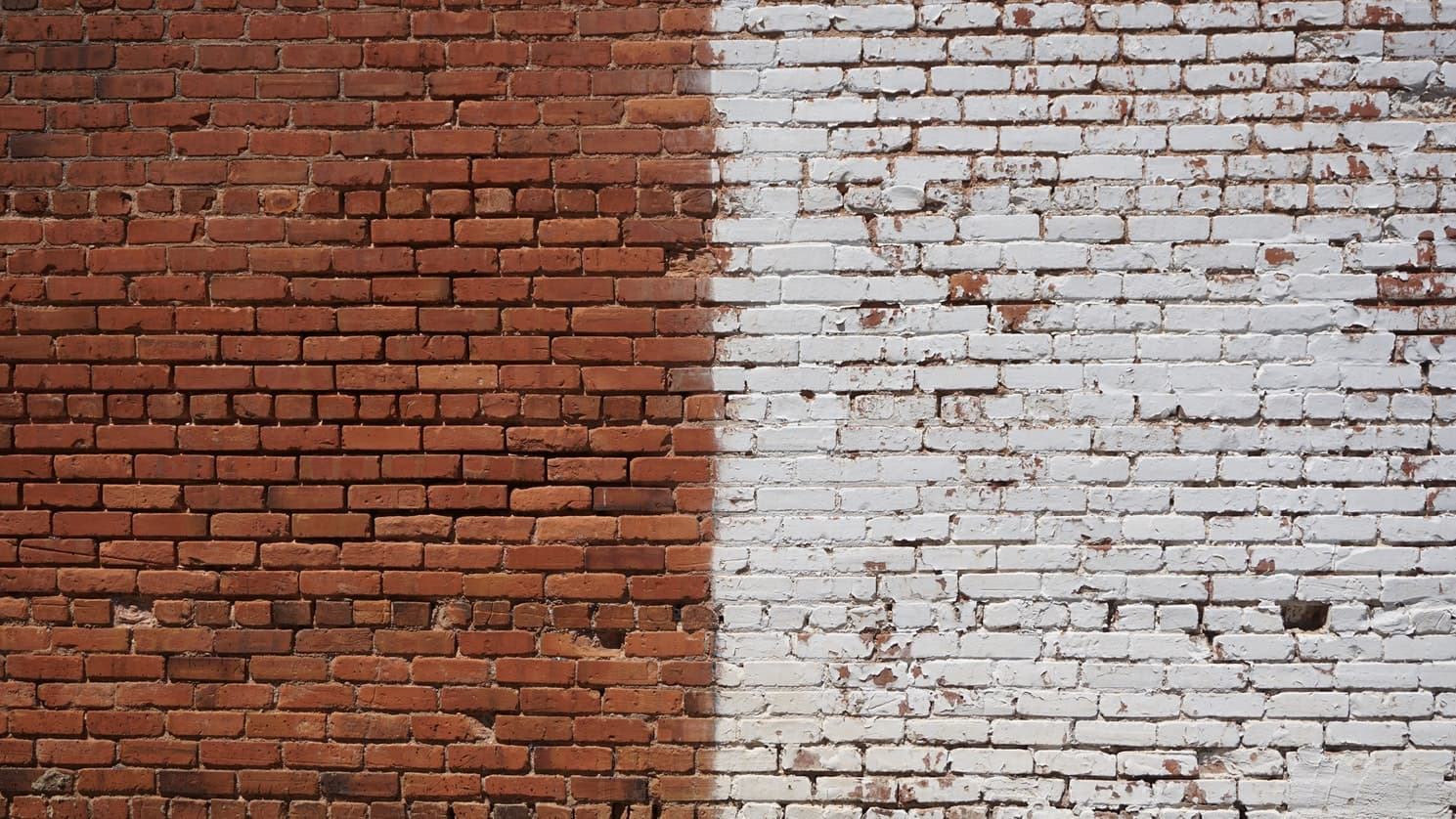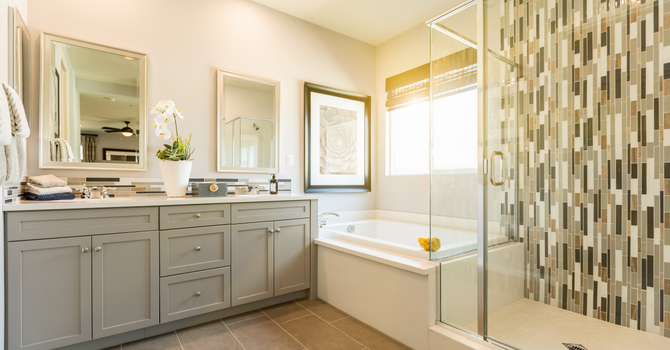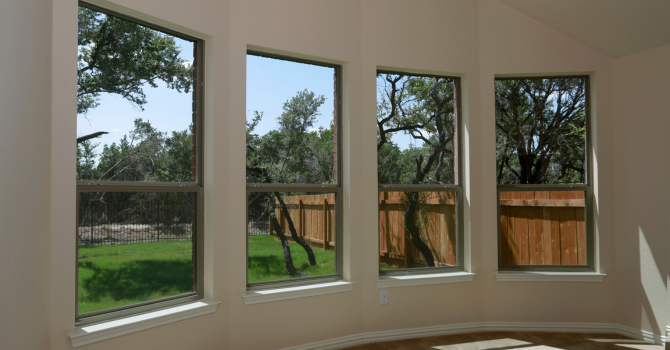Are you looking for a contractor?
Submit our quick form and get quotes now!
Table of Contents
6 min read
Sand, Soda & Dustless Blasting: Which Method to Use?


6 min read
Sand, Soda & Dustless Blasting: Which Method to Use?
Exterior renovationsSand, Soda & Dustless Blasting: Which Method to Use?
Removing stains, paint or discolouration streaks from surfaces can be difficult, especially if they’re quite stuck in. There are plenty of methods and potential solutions on the market for dealing with them. Sandblasting has long been used as a solution to combat set-in stains, or in situations where the paint needs to be stripped from the surface it's on.
This abrasive method has come under criticism for a variety of reasons, and more recently contractors and entrepreneurs have begun working with a dustless sandblasting and soda blasting method. If you’re curious about these methods but not exactly sure what they are or where to start, read on for more information!
Sand, Soda, and Dustless Blasting
Sandblasting

source: unsplash
Sandblasting is an overarching term that is used to describe the process of abrasive blasting. This means applying an abrasive material to a surface or object at very high pressure. Although it is popularly referred to as "sandblasting," there are various options for blasting materials. These include glass beads, soda (bicarbonate), walnut shells, and coconut shells. However, in this section, we are going to be discussing traditional sandblasting.
In the case of traditional sandblasting, a finely ground material called silica sand is used to scrape off and clean the chosen surface of rust, paint, stains and so on. An air-powered pressure gun is used, and the chosen material is fired out at a high impact toward the surface you’re hoping to deal with.
Concerning the device itself, there are three different types of sandblasters on the market and these are gravity-fed, pressure blasters and syphon sandblasters. The latter of the three is most commonly used by contractors or around the home to clean and strip small or large surfaces. The syphon sandblaster operates in such a way that the sand itself can be reused multiple times, and for this reason, this option is the most cost-effective.
Pros & Cons of Sandblasting
Sandblasting itself isn’t as widely used in small-scale projects. This is because the process is labour-intensive and messy, and your home will need to be properly prepared. However, sandblasting is great if you’re working on a floor renovation project, as it can profile a floor. Another major pro is sandblasting’s ability to remove unwanted rust, paint or stains, unlike most other methods out in the wide world of renovations. It works extremely quickly and is therefore excellent in situations where things need to be dealt with ASAP.
When it comes to conventional sandblasting, the cons outweigh the pros. Sandblasting should not be used for small or delicate jobs, as the process is fairly rough and thus, can easily damage surfaces. Traditional sandblasting has been widely criticized for containing the property of silica. Any extended exposure to this substance is considered a serious health danger and can lead to lung problems as well as disease. With this in mind, traditional sandblasting should likely be left to outdoor spaces or those which are very well-ventilated.
Another reason that this job is best left for the outdoors is that it often causes heat buildup and sparks, which sometimes leads to warping the surface you're working on. Therefore, in concentrated areas, it can be highly dangerous. In some municipalities, cities or provinces, sandblasting is illegal. This is due to both the health side effects it has as well as the dangerous waste produced as a result. If you're working with this method, make sure it's not banned in your region before diving into the project!
Sodablasting
Sodablasting is relatively new in the realm of abrasive blasting products. While the process itself is still abrasive, many experts argue that sodablasting is non-abrasive. The substance used in the soda blasting process is recognizable in many households as it is sodium bicarbonate or baking soda.
This substance is granulated in a specific way and applied at very high pressure, in the same process as conventional sandblasting. Sodablasting works to remove contaminants like rust or buildup while also being able to smooth down surfaces. Bear in mind that soda blasting actually shatters on impact and thus, is much gentler than sandblasting.
If applied in the right fashion, this substance is so gentle it can be used on glass as well as plastics or chrome. In these severe spaces, it can be used to remove mould and smoke damage and works as a natural deodorizer.
Pros & Cons of Sodablasting
First and foremost, soda blasting is an eco-friendly practice as the substance is biodegradable. This is a huge pull over standard sandblasting, which is arguably bad for the environment. As mentioned, the process is gentle and will not cause materials to corrode or warp as is the case with sandblasting. You might not have guessed, but soda blasting works quicker than industrial hydro-blasting to remove grease and paint. Again, this is also a non-toxic and water-soluble substance and therefore can be safely used inside the home. Not only this but due to the nature of the substance, it has a very easy cleanup process.
The major con of soda blasting is the cost, as the running costs of soda blasting are much higher than traditional sandblasting. In some instances, the soda blasting process will leave a white film behind and this could hurt any plants or vegetation in the area. Lastly, when it comes to storing the material used in the process, there is a restricted time for storage as it may begin to clump together. With all this in mind, we’d still argue that the pros outweigh the cons when it comes to soda blasting!
Dustless Blasting

source: unsplash
Dustless blasting works the same way sandblasting does. However, water is mixed into the abrasive material and used in the high-pressure process. The water works to actively stop the spreading of dust and debris, hence the name "dustless blasting." Therefore, the main difference between dustless blasting and sandblasting as we know it is that there is little to no debris left behind and further, the water acts to cool the surface, thus avoiding warping or damaging the surfaces being treated.
Pros & Cons of Dustless Blasting
Although there are similarities between conventional sandblasting and dustless blasting, dustless blasting has many advantages in comparison. As mentioned, this process incorporates water and this is generally mixed with recycled glass. Following impact, this material turns into natural sand, leaving for a much easier and less risky cleanup than with the other type of sandblasting.
As with soda blasting, dustless blasting is much gentler and thus, can be considered non-abrasive. Although it’s not fully environmentally friendly, it is not as harsh as conventional sandblasting. Since this method isn’t as messy, it is also possible to perform dustless blasting in small spaces or indoors as well as simultaneously alongside other work.
When it comes to the disadvantages of dustless blasting, they are few and far between. It's important to bear in mind that some residue will be left behind and thus, clean-up will be required. Although the process of removing stains and buildup is quick, you will need to allow the surface to sit idle for 72 hours.
Get renovation quotes for your sandblasting project
RenoQuotes.com can help you get quotes for your sandblasting project. If you submit your project, we’ll put you in contact with top-rated contractors. Fill in the form on the homepage (it only takes a few minutes), and you will receive quotes from companies that are specialized in home renovations.
Dial 1-844 828-1588 to speak with one of our customer service representatives
Last modified 2023-11-07
Looking for something else?
Related articles
The latest industry news, interviews, technologies, and resources.

RenoQuotes.com • 07 Nov 2023
Slabs or pavers? This is a massive conundrum for those looking to design quality landscaping. While both items have numerous characteristics in common, slabs are preferred for their easy maintenance factor, and pavers offer a range of laying patterns (fan-shaped, lattice, basket weave, etc.).

Cynthia Pigeon • 07 Nov 2023
Considering that buildings can lose up to a quarter of their heat by way of their roofs, and on top of that cold air can seep through an improperly insulated roof, it's easy to gauge the importance of opting for well-insulated roofing panels.

RenoQuotes.com • 07 Dec 2023
Choosing bathroom furniture involves more than just considering the style or vibe you’re looking to convey inside this enclosed space. While this aspect of it is important, suffice it to say, there are other factors to take into account, like your budget and the space available.

RenoQuotes.com • 10 Jan 2024
Your windows make up an integral part of your home, keeping the air inside fresh as well as offering ample light and views of what lies outside. But, what if your windows no longer fit in with your home décor or maybe they’re not performing as efficiently as before? In any case, it’s important to know when to change your windows.

Amanda Harvey • 07 Nov 2023
Industrial style is excellent for the homeowner who is looking for a concept that lacks any sort of pretentiousness. The visual appeal and charm of industrial style lie in its ability to showcase utilitarian surfaces, stripped-back architecture and salvaged objects. If you’re looking to celebrate humble materials, then this is the home decor option worth considering!